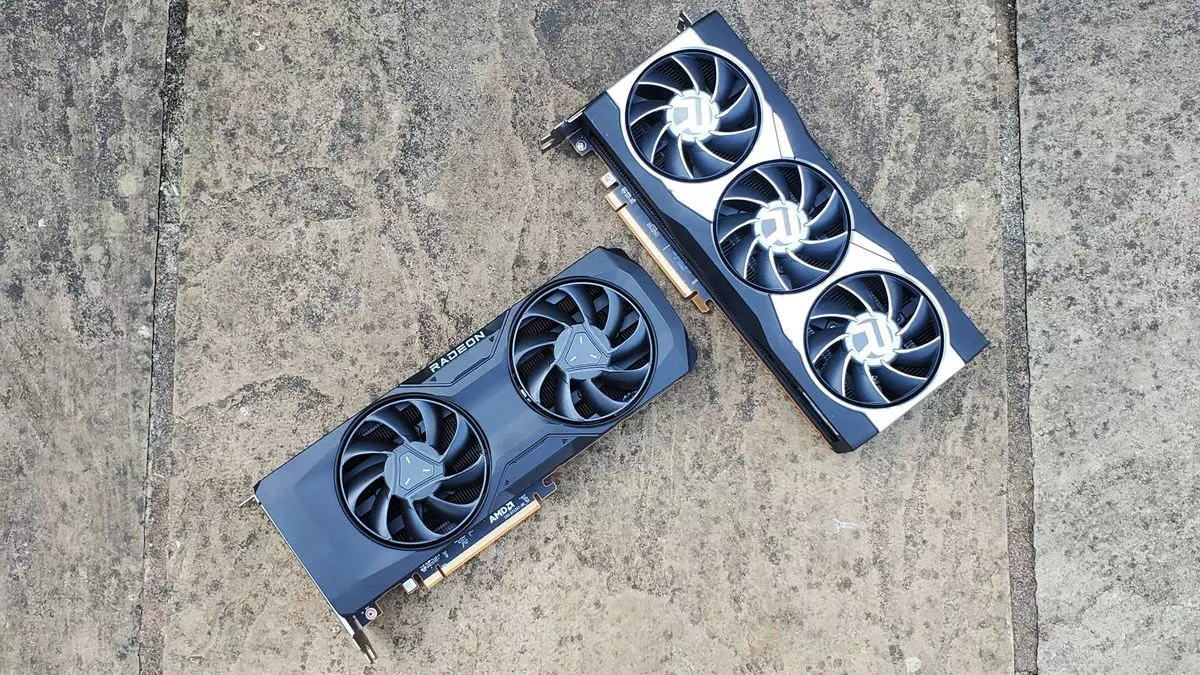AMD’s Fluid Motion Frames (AFMF) technology has recently gained attention in the gaming community. Although it was slow to come to market, AMD has now released a preview driver that extends support to a wider range of games. This article will explore the capabilities of Fluid Motion Frames and its potential impact on the gaming industry.
Initially, AFMF was only supported in two games: Forspoken and Immortals of Aveum. However, AMD has updated its driver to include support for any RX 7000-series GPU, as well as any RX 6000-series GPU. More notably, Fluid Motion Frames now work in any DirectX 11 or DirectX 12 game, which opens up a vast array of gaming options for AMD users. This development allows gamers to experience a performance boost in almost any game released in the last decade or more.
Compatibility with Competing GPUs
One surprising aspect of Fluid Motion Frames is its compatibility with GPUs from other manufacturers. It has been reported that AFMF functions on the popular GTX 1060 graphics card. This unexpected compatibility may inadvertently discourage users from upgrading their GPUs if AMD’s frame generation technology becomes widely adopted. While this may not be ideal for AMD’s hardware sales, gamers can certainly enjoy the benefits of AFMF regardless of their choice of graphics card.
Fluid Motion Frames is part of the FSR 3 feature set and is designed to enhance frame rates in games, particularly in challenging settings such as high resolution or demanding ray tracing settings. While it offers significant performance improvements, it is important to note that frame generation technology is not a cure-all solution. One downside of frame generation is increased latencies, which can negatively impact gameplay. To address this issue, AMD has introduced Anti-Lag+ technology to minimize the negative effects of latency.
While AFMF offers an exciting performance uplift, it is not recommended to enable it when frame rates are low. Doing so may worsen already high latencies. AMD suggests enabling AFMF only for games running at a minimum frame rate of 55 FPS for 1080p displays and 70 FPS for 1440p or higher displays. It is important to note that the current driver is classified as a Technical Preview, which means it may not be stable for a wider public release. However, for gamers who are comfortable exploring their GPU settings and willing to deal with potential bugs, this driver is worth considering.
AMD’s Fluid Motion Frames technology has made significant strides in recent weeks, expanding support to a wide range of games and GPUs. This development is in contrast to Nvidia’s DLSS 3 technology, which requires per-game support and exclusive hardware features. It remains to be seen if Nvidia can adapt frame generation to run on its older GPUs. As the gaming community eagerly awaits further advancements in frame generation technology, AMD users can enjoy the benefits of AFMF in their favorite games.


Leave a Reply